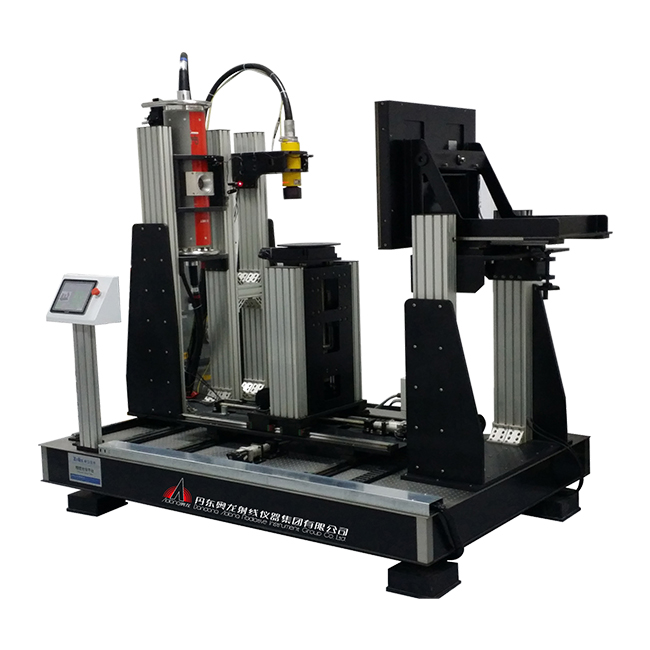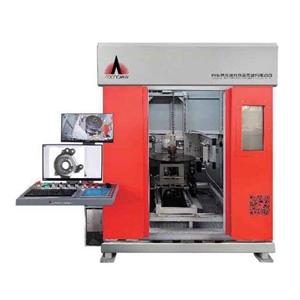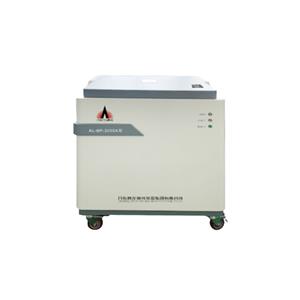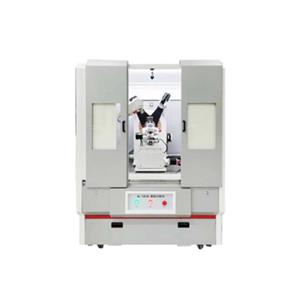Application of X-ray non-destructive testing in industry
Although X-rays are invisible light, they also have characteristics such as refraction, reflection, diffraction, scattering, and penetration, just like visible light. X-ray transmission inspection can provide photos of whether there are defects and related dimensions in the inspected parts of castings. X-ray detection systems are widely used in industrial production, whether it is castings, welded parts, automotive components, or food and drug packaging, they all rely on X-ray detection systems. X-ray digital imaging and industrial computed tomography are two important technical branches in the field of industrial non-destructive testing. DR detection technology is a real-time X-ray digital imaging technique that emerged in the late 1990s. Compared with the widely used film machines, the biggest advantage of DR detection is its strong real-time performance, which can detect quality defects such as discontinuity, structural morphology, and physical density of the workpiece structure medium in real-time online. Therefore, it has broad development prospects in the field of rapid non-destructive testing.
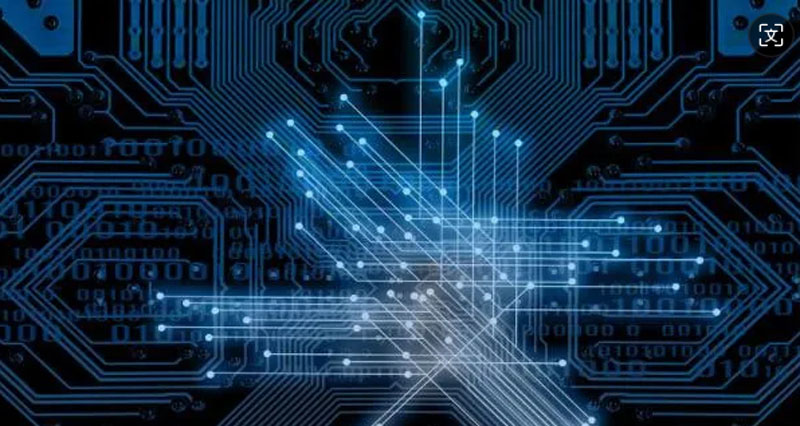
CT technology was first applied and developed in the 1970s, forming the famous medical CT technology. Later, the United States took the lead in applying it to industrial sectors such as aerospace and automotive for testing and analysis, achieving great results and forming a new CT technology called industrial CT. It is also considered a major technological breakthrough in the field of non-destructive testing technology. In 1983, the United States successfully developed the world's first industrial CT equipment. The application of industrial CT technology in parameter analysis, failure research, process improvement, and other aspects has almost influenced all industrial fields.
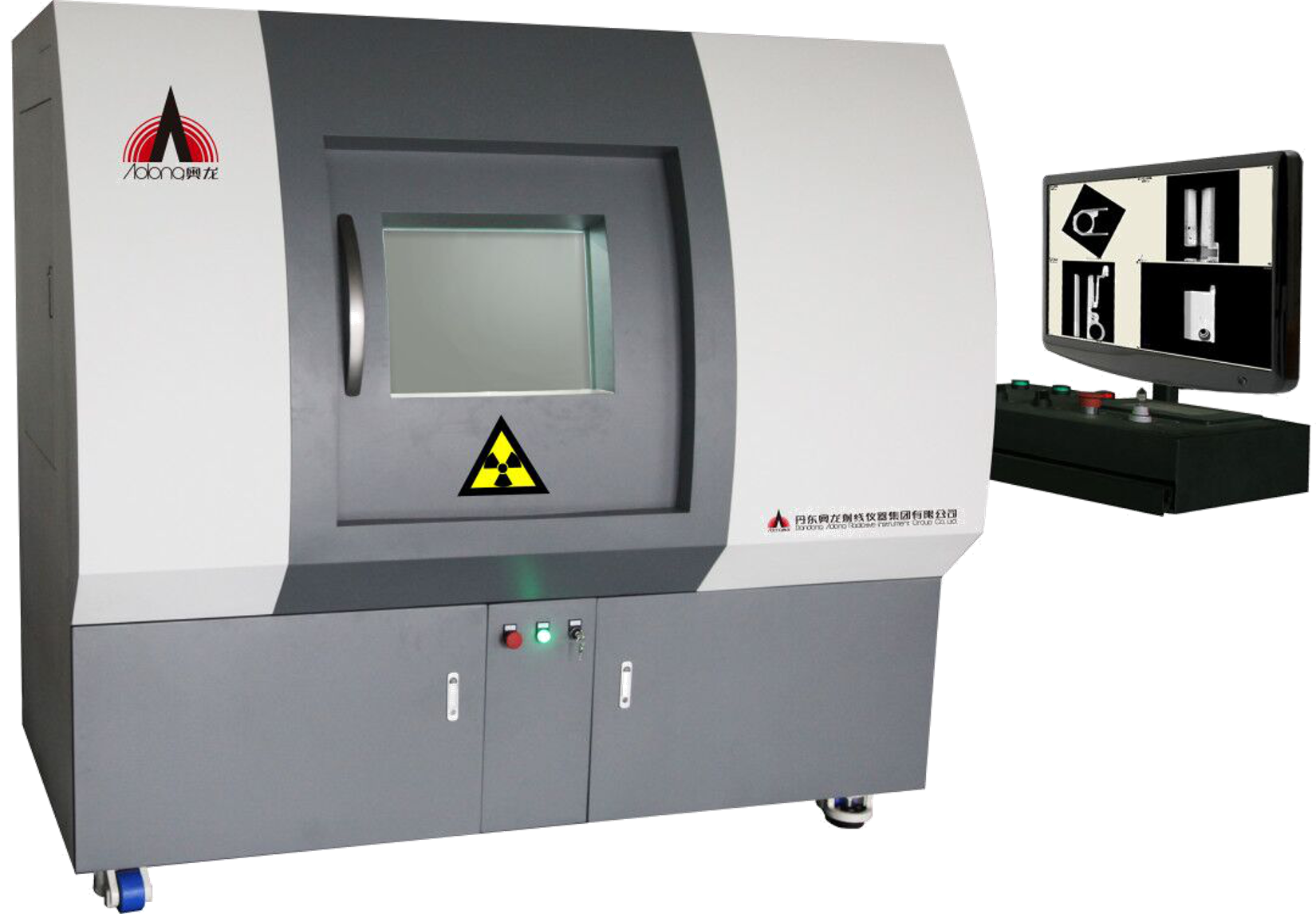
Non destructive testing, commonly known as non-destructive testing, is a technique that uses radiation, ultrasound, infrared, electromagnetic and other technologies, combined with instruments, to detect defects, chemical and physical parameters of materials, parts, equipment. X-ray non-destructive testing technology has made significant contributions to improving the efficiency and quality of industrial casting production processes. Due to its ability to obtain very accurate results for various castings without damaging the inspection object, X-ray inspection technology has developed into one of the most important non-destructive inspection techniques and is the most widely used and mature technology among all inspection methods.
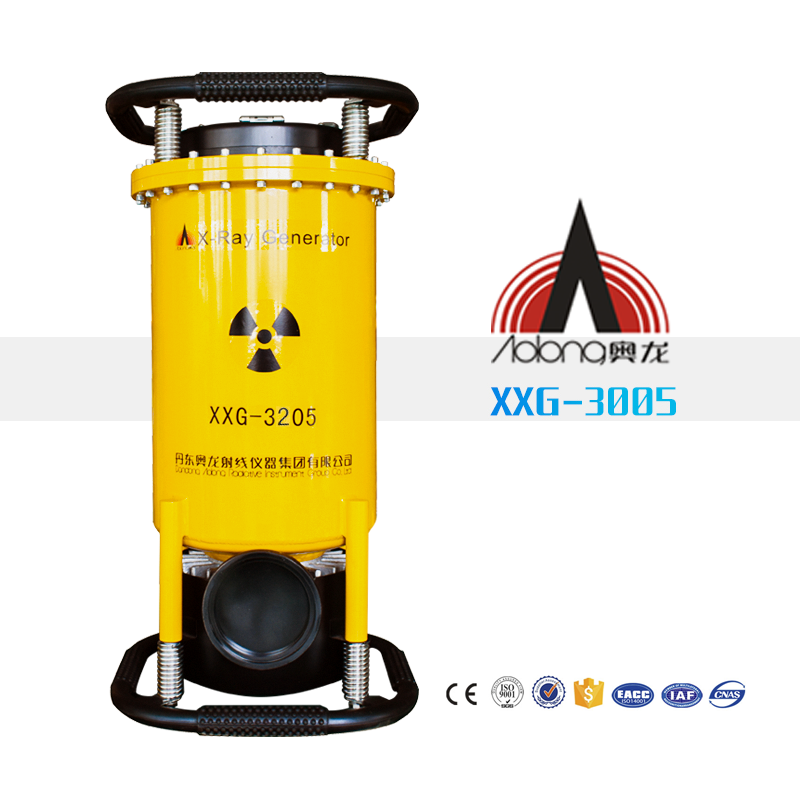
X-ray technology is a good method for detecting volume defects, such as holes and inclusions in wind turbine blades. It has the ability to detect cracks, resin, and fiber aggregation perpendicular to the blade surface, and can also measure fibers in thin wind turbine blade stacks. For defects such as bending, the presence of defects can be directly observed from the inspection images, which is consistent with the inspection of blades before leaving the factory. X-ray non-destructive testing equipment is more suitable for unused fan blades in factories. Due to on-site factors and height limitations, it is difficult to achieve on-site inspection of fan blades in use using X-ray detection methods. However, using portable X-ray detection equipment still has certain advantages. Capable of detecting volume defects in fan blades.
